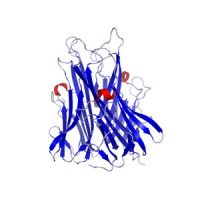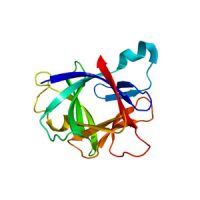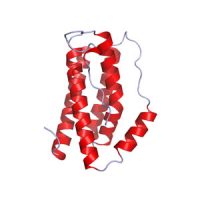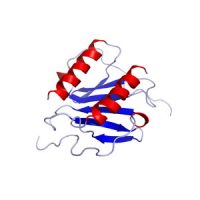As was noted in the Spit Tip from our Bulletin devoted to salivary CRP (April 2011), limited information may exist on the best ways to collect and handle saliva for the analysis of many novel biomarkers. In the case of salivary cytokines such as IL-1ß, IL-6, and TNF-a, however, the modest amount of work that has been done at least allows us to begin to address this issue. The following is a summary of some of the more important factors that have been investigated. Researchers are advised, however, that many questions need further study. We therefore repeat here our general advice: factors that could potentially affect levels of these analytes in saliva must be controlled and documented, in order to be able to look for possible associations within study results. The following are examples of factors that require particular attention:
- The effects of variation in saliva flow rate should be considered. Some studies have used normalization of salivary cytokine results to measurements of total protein as a way to control for changes in saliva flow and its effects on concentrations of various analytes. (See, for example, the study by Sjögren, et al. (2006) featured in this issue.) It has been suggested elsewhere, however, that this practice may be misleading because of the complex nature of the control of the secretion of individual salivary proteins among the different salivary glands. (Brandtzaeg 2007; Bishop, et al. 2009) Instead, we recommend that data on saliva flow (mL/min) should be collected while samples are gathered. The flow rate may then be used to express the assay results (µg/mL) as a secretion rate (µg/min). Both methods of expressing results may then be compared in the analysis of the data.
- Location in the mouth where samples are collected should be standardized.Consistency of collection location is significant for some salivary proteins (e.g., alpha-amylase, SIgA), and it may also be significant for salivary cytokines. Differences in cytokine levels have been noted between whole saliva and pure parotid saliva in healthy individuals (Ruhl, et al. 2004), and the minor glands in the lips and other locations in the mouth have been identified as likely major contributors to total cytokine levels (Brennan, et al. 2000). Following the recommendation of oral biologists, we advise that behavioral and developmental studies should collect unstimulated whole (mixed) saliva in order to minimize problems that may originate due to differences in the composition of saliva from the various salivary glands or as a result of changes that may occur with stimulation.
- Sample collection should be carried out at standardized times.Salivary cytokines have been observed to have independent diurnal rhythms (Chiapelli, et al. 2006). Consistency in the time of collection is therefore important.
- Use of absorptive collection devices (swabs) should be avoided until their use is thoroughly assessed for the analyte(s). Cotton swabs and some commercial devices have been shown to affect salivary measures of some cytokines. (Gröschl, et al. 2008; Minetto, et al. 2007) Swabs also complicate the estimation of saliva flow rates, and under certain conditions they may inadvertently collect glandular saliva rather than whole saliva.
- Storage conditions should be tightly controlled. Many analytes in saliva are sensitive to degradation and require refrigeration and/or freezing. It has been reported that salivary peptides (leptin, EGF, IL-8, insulin) are much less stable than steroids. Storage for one day at room temperature resulted in up to a 70% loss. Storage at 4°C slowed the degradation, but after 4 days time reductions were still severe. (Gröschl, et al. 2008) Since cytokines will likely be measured in conjunction with other salivary analytes, we recommend following our general advice: samples should be refrigerated (or placed on ice packs in the field) immediately after collection, then frozen as soon as is practical. Effects of repeated freeze-thaw cycles on cytokine stability need to be investigated; aliquotting of saliva samples into smaller volumes for storage may therefore be advisable.
- Handling of saliva samples must be consistent. Levels of salivary cytokines reported in various studies have varied widely, and it seems likely that much of this variance may be due to differences in handling procedures in different laboratories. It has been suggested that mucins or related components in saliva may sequester cytokines (Ng, et al. 2007, Wozniak, et al. 2002); consequently, differences in storage conditions, centrifugation technique, or other factors may lead to variable losses in the amounts of measurable cytokines.
- The following conditions should be assessed and documented:
- Presence of oral injuries, dental work, and oral diseases in research participants
- Presence of blood contamination in samples (by visual inspection scale or transferrin assay)
- Consumption of alcohol, caffeine, nicotine, and prescription and over-the-counter medications by participants
- Physical activity level of participants
The importance of maintaining consistency in saliva collection procedures cannot be understated. By following a few basic suggestions given here, it should be possible to reduce the amount of variation in data that is due to procedural differences and to identify relationships that may exist between the data and various saliva collection issues.
 Contact: Salimetrics (USA)
Contact: Salimetrics (USA)



